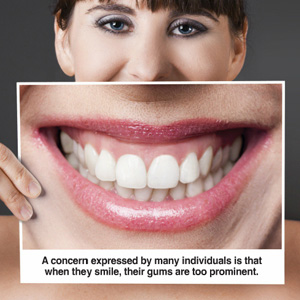
Many people consider a root canal treatment to be potentially an unpleasant experience. You might even feel a few butterflies fluttering in your stomach if we were to recommend one for you.
But there’s nothing actually to dread about this common and very effective treatment. The procedure doesn’t cause pain; in fact, it most likely relieves tooth pain. What’s more, it could save a tooth that would be otherwise lost.
The name comes from narrow passageways extending from the tip of the root to the innermost tooth pulp. The pulp contains nerves and other structures once vital to early tooth development. And although they’re not as important in a fully mature tooth, those nerves still function. In other words, they can still feel stimulation or pain.
That shouldn’t be a problem with a healthy tooth. But if tooth decay invades the inner pulp, those nerves now under attack will begin firing. You’ll know something’s wrong. As bad as it feels, though, the toothache isn’t your worst problem: if the decay isn’t stopped, it can spread through the root canals to the bone that could eventually lead to losing the tooth.
A root canal treatment removes the decayed pulp tissue and protects the tooth from re-infection. We first deaden the tooth and surrounding tissues with a local anesthesia and set up a rubber dam around the tooth to protect it from contamination from the surrounding environment. We then drill a small access hole through the enamel and dentin to reach the pulp chamber and root canals.
Using special instruments, we remove all the diseased tissue from the pulp and flush out the empty chamber and root canals with antibacterial solutions. After re-shaping the root canals, we fill them and the pulp chamber with gutta-percha, a rubber-like biocompatible material that conforms well to the root canal walls. We seal the gutta-percha with adhesive cement and then fill the access hole. Later, we’ll give the tooth further protection with a custom crown.
After the procedure, you may experience short-term minor discomfort usually manageable with over-the-counter pain relievers like ibuprofen. The good news, though, is that the excruciating nerve pain from within the tooth will be gone—and your tooth will have a new lease on life.
If you would like more information on saving a problem tooth with root canal treatment, please contact us or schedule an appointment for a consultation. You can also learn more about this topic by reading the Dear Doctor magazine article “Root Canal Treatment: What You Need to Know.”


